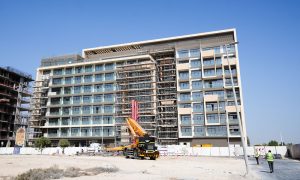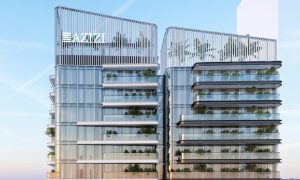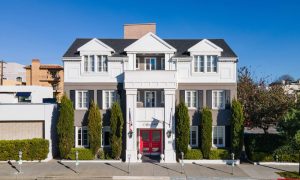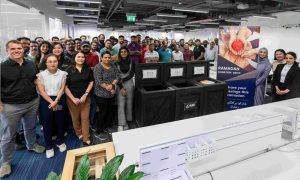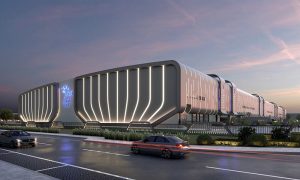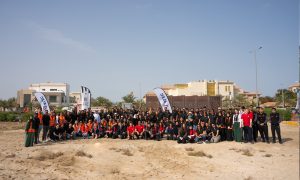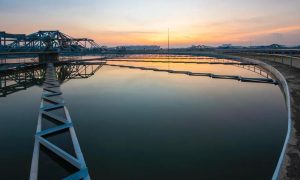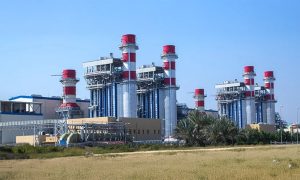Leafy Living
Middle Eastern tower designers should look towards Singapore for inspiration

The current global population stands at just over seven billion, a figure that the United Nations expects to rise to between 8.3 and 10.9 billion by 2050. The vast majority of this growth will take place in urban areas, with the United Nations again predicting an increase of almost 200,000 new city dwellers every day, with 95% of this growth occurring in developing countries.
These startling statistics leave us with the pertinent question of where will these people live, work and play? How can we cater for such massive urban growth in the built environment? High density living and the tall building can play a key role in accommodating these new city dwellers in compact sustainable cities, reducing suburban spread and the energy needed for personal transportation.
However, it’s not as simple as this. In many places around the world, high-rise living is just plain unappealing, specifically for families with children who understandably yearn for the social spaces, places and streets associated with detached houses or villas, along with private gardens or courtyards. How then can we make living at height more appealing to this demographic and how can we accommodate their specific needs in tall buildings?
For the answer to this we have to look to Singapore, the city-state with a population of five million, 85% of whom live in high-rise social housing. More than anywhere else in the world, Singapore is embracing the creation of social and communal spaces at height in the city – gardens, streets, and shared facilities in the sky. This is not coincidental, but is driven by progressive planning regulations which mean that any such spaces are tax exempt, and that developers who include them can build higher than planning laws would normally allow, providing a significant financial incentive for their creation.
Everywhere you look, you see residential towers incorporating lush green skydecks and courtyards carved out of their mass, providing spaces and facilities suited to families and the wider range of occupants living within. The Pinnacle@Duxton is a truly radical example consisting of seven 50-storey towers linked by bridges at the 26th and 50th floor, housing an 800 metre running track, children’s play areas, an outdoor gym for the elderly and much more. Post occupancy evaluation of these areas by the University of Nottingham has revealed the most successful are those with dedicated functions, and that meet the same urban design good practices typically found at ground level.
So, can this approach work elsewhere, such as the Middle East? Granted, the lush green skygardens of Singapore are specifically designed for the tropical climate, but the philosophy behind social spaces at height can surely be adapted to the Middle Eastern context. The best precedent is an office tower in Jeddah, the National Commercial Bank, by SOM. This triangular tower has three skygardens carved out of its monolithic form, creating shaded external spaces for office workers to socialise at height. Unbuilt examples show these ideas have been considered, if not yet realised in the region. These include Perkins + Will’s Al-Birr Tower in Riyadh, with its staggered terraced gardens behind a rectangular grid of brise-soleil, and Grimshaw Architects’ proposed mixed-use Dubai Tower, focused around stacked community atria.
Inspiration, though, is perhaps best drawn from the successful public and community spaces at ground – can the shaded courtyards, streets and meeting places, that work so well at grade, be reinterpreted and lifting into the vertical realm? For the cities of the Middle East to realise true vertical liveability they need to take a leaf out of Singapore’s book and create not only great spaces on the ground, but in the sky, too.
Dr Philip Oldfield is course director for Masters in Sustainable Tall Buildings at the University of Nottingham

